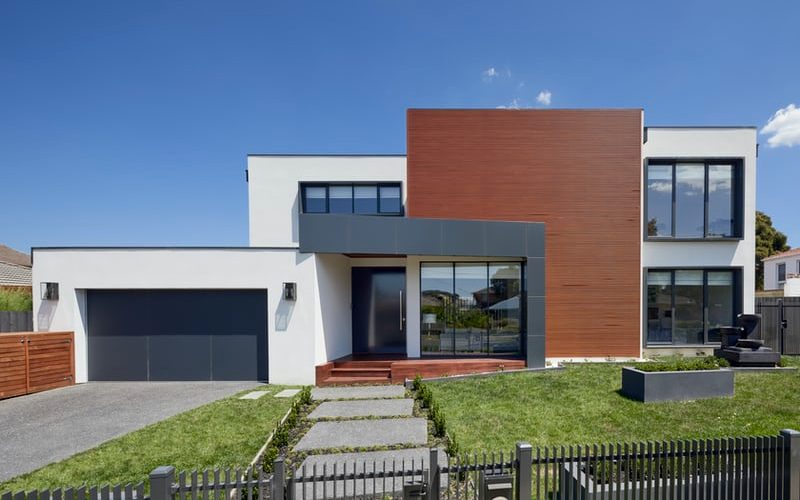There's a lot more influencing a bank's funding costs and interest rates than just the Reserve Bank's cash rate.
This rate has held steady at 0.10% since November 2020, and the message from RBA Governor Dr Philip Lowe is it will stay that way until 2024.
One advent over the last year has been the RBA's Term Funding Facility (TFF), created to provide about $200 billion in cheap funding to banks to keep the debt economy ticking over.
Initially the interest rate was 0.25% to be repaid over three years, but it was later lowered to just 0.10%.
Banks have until the end of June to draw down the nearly $90 billion left in the TFF before this party comes to an end.
So after the host has turned on the lights and cut the music, what happens to home loan interest rates?
Advertisement: Buying a home or looking to refinance? The table below features home loans with some of the lowest interest rates on the market for owner occupiers.
| Lender | Home Loan | Interest Rate | Comparison Rate* | Monthly Repayment | Repayment type | Rate Type | Offset | Redraw | Ongoing Fees | Upfront Fees | Max LVR | Lump Sum Repayment | Extra Repayments | Split Loan Option | Tags | Features | Link | Compare | Promoted Product | Disclosure |
|---|---|---|---|---|---|---|---|---|---|---|---|---|---|---|---|---|---|---|---|---|
5.54% p.a. | 5.58% p.a. | $2,852 | Principal & Interest | Variable | $0 | $530 | 90% |
| Promoted | Disclosure | ||||||||||
5.49% p.a. | 5.40% p.a. | $2,836 | Principal & Interest | Variable | $0 | $0 | 80% |
| Promoted | Disclosure | ||||||||||
5.64% p.a. | 5.89% p.a. | $2,883 | Principal & Interest | Variable | $250 | $250 | 60% |
| Promoted | Disclosure | ||||||||||
5.64% p.a. | 5.89% p.a. | $2,883 | Principal & Interest | Variable | $248 | $350 | 60% |
| Disclosure |
The TFF and home loan rates by the numbers
Savings.com.au considered the end of 'record low' home loan rates back in February, and since then a number of banks have indeed increased interest rates, including CommBank, NAB, Westpac, Citi, and UBank, just to name a few.
CFO of non-bank lender Firstmac James Austin told Savings.com.au that mortgage "incentives" will disappear and rates will rise further come the end of the TFF.
"New mortgage rates will start to rise. In fact we are already seeing this to some extent," he said.
"The cheap fixed rate offers of the banks will slowly be removed over the next few months, and the current cash upfront incentives paid by banks will disappear."
Banks that have or have had cashback offers include Bankwest, BOQ, CommBank, NAB, Westpac, RAMS, and St George.
For example, St George offered up to $5,000 cash back on a host of home loans up until 31 March.
Did banks 'need' the TFF?
An end to the TFF means banks will have to go back to old styles of borrowing: bonds and residential mortgage-backed securities (RMBS), which are generally more expensive ways of funding than the TFF.
Mr Austin said the TFF was ultimately "not fair".
"It gifted funding to banks at 10 basis points (0.10%)," he said.
"Non-banks had a knock-on benefit in that the absence of banks from external funding markets (bonds, RMBS) drove down the cost of funding for non-banks to some degree, however on average this was more like 100 basis points (1.00%) versus 10 basis points."
The Reserve Bank has maintained that the TFF will not continue unless "there was a marked deterioration in funding and credit conditions", and right now, economic conditions seem to look good.
To the week ending 24 May, $6.3 billion had been drawn down, and $4.5 billion was drawn down in the previous week.
Banks have so far been slow to draw down on their allowances, with the $4.5 billion figure just the third time in excess of $3 billion has been drawn down in more than six months.
However, Westpac's credit strategy team "expect(s) this to continue to increase into the end of the programme given recent momentum in business lending".
As of 17 May, CommBank still had $28.7 billion left out of a $48 billion total allowance; NAB $14.3 billion from $28.6 billion; ANZ $8 billion from $20.1 billion; Westpac $8 billion from $29.8 billion; and Macquarie had $5.9 billion available from $7.6 billion.
Mr Austin expects the banks to fully draw down on their allowances on 30 June.
"The banks are waiting until close to the expiry date so as to maximise the term of the funds that they draw down," he said.
What to do as a borrower
There's ultimately not much borrowers can do other than staying on top of the latest home loan news and taking a look at refinancing their home loan to a more competitive rate.
Many borrowers have been enticed to fix their home loan for three, four, or five years with 'record low' rates.
In 2020, for example, CommBank's fixed home loan book grew 38% in the second half of the year compared to the first half.
However, breaking a fixed loan early can be difficult, and costly.
AMP chief economist Dr Shane Oliver told Savings.com.au in April about some of the risks of fixed home loans.
"The main danger is in being lulled into a false sense of financial security on the back of the ultra-low fixed rate and not allowing for a possible lift in interest payments if there is a reversion to a much higher variable or even fixed rate when the initial fixed rate ends," he said.
"A sensible approach is to leave some variable though to provide some flexibility."
It's important to note, too, that variable rates can increase out of lockstep with the Reserve Bank's cash rate rises.
Investment expert Peter Switzer provided some tried-and-true tips to borrowers keeping an eye on the mortgage market.
"Look at the ‘suck you in’ headline rates that can be so low but the comparison rates can be really high. Look at the actual monthly repayments and any other fees that actually make the loan you’re comparing more expensive than you think," Mr Switzer said in a recent Switzer Daily column.
"Can you trust the Reserve Bank Governor Dr Phil Lowe when he says the cash rate will be at 0.1% until 2024?
"If you have overborrowed on a variable home loan, you better hope Dr Phil can keep his promise on interest rates."
Photo by Carnaby Gilany on Unsplash

Ready, Set, Buy!
Learn everything you need to know about buying property – from choosing the right property and home loan, to the purchasing process, tips to save money and more!
With bonus Q&A sheet and Crossword!





.jpg)

 Bea Garcia
Bea Garcia
 Denise Raward
Denise Raward
 Harry O'Sullivan
Harry O'Sullivan
 Harrison Astbury
Harrison Astbury


